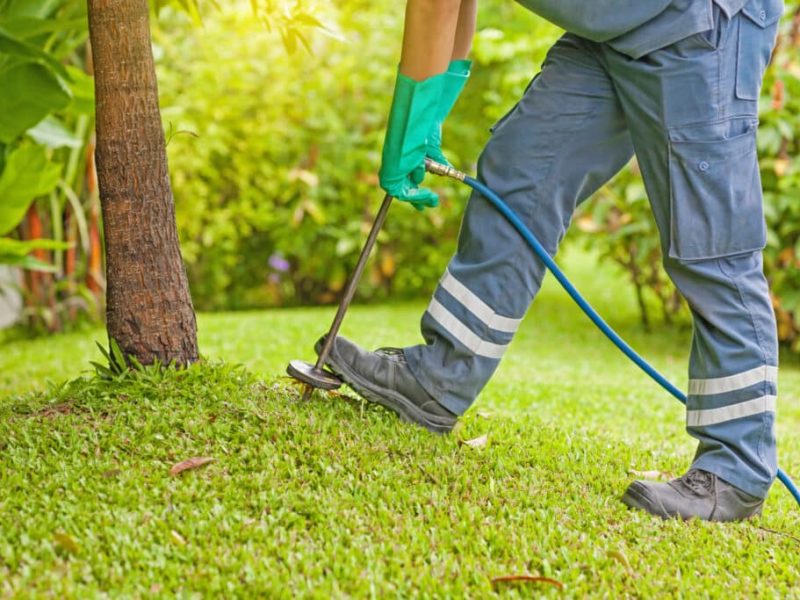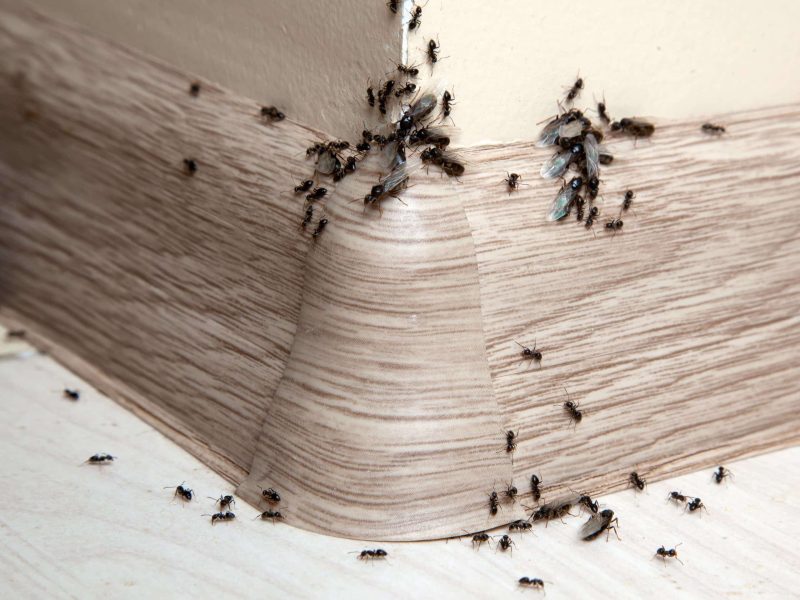Talk about the most destructive pests in Lake Butler, and most residents will include termites at the top of their list. These tiny insects can eat through wooden structures silently, leaving damage that can take thousands of dollars to fix. The worst part is that infestations are extremely hard to detect until things have advanced significantly. The subtropical climate doesn’t help much because these conditions are perfect for termites to grow and thrive. The two most common species in the state are dry-wood termites and subterranean termites. No matter the extent of the infestation, you must call Lake Butler Pest Control immediately. Here’s what to expect from professional services.
Detecting the early signs
While not always easy, spotting the initial signs of termite infestation is more than necessary. If you have wooden structures in the house, check whether tapping causes a hollow sound. You may also find damaged paint. Termites also shed wings, which you can find near doors and windows. Another sign is mud tubes, which you will likely find along the house’s foundation. Droppings in the house and tiny holes in wooden things can also indicate an inspection.
Working with the experts
When you call a company for termite infestation, they will schedule an inspection according to a date and time of your choice. Do not delay this because, without an assessment, it can be hard to detect the extent of the damage. The exterminators may use tools such as infrared cameras to find colonies and detect signs of termite activity. Once the findings are confirmed, they will focus on the treatment plan. Expect to get a detailed estimate with all the details.
How do exterminators deal with termites?
There are several treatment options, such as –
- Soil treatments: If your home is infested with subterranean termites, experts may suggest using liquid termiticides around the soil surrounding the house’s foundation. This is also called a barrier treatment, as the process helps kill these insects and prevent them from getting in.
- Baiting systems: It is also common to place bait stations around the house, which contain toxins with a special cellulose material. Working termites take the bait inside colonies, eventually reducing the population.
- Fumigation: For extreme cases of infestation involving dry-wood termites, fumigation may be required. The process involves using a gas that goes inside wooden structures to kill termites. You may have to vacate the property for this kind of treatment.
- Spot treatments: If the infestation is localized and limited to only certain parts of the house, spot treatments using special products can help. The treatment is injected directly into the galleries.
Your exterminator will explain which of the above you may need and the number of times they would need to visit.
Preventing future infestations
If you want to control termites, you must think beyond the existing infestation. Once a home is infested with these pests, it is essential to inspect the property from time to time to check for new issues and signs. Your pest control team may decide to repeat a few treatments if needed. Additional precautionary measures are also to consider, such as sealing cracks in the foundation, fixing moisture issues, and preventing contact of wooden structures with soil.
When it comes to proactive termite management, you have to call a reliable pest control service in Lake Butler. Find a company that has good reviews, is quick to offer service, and takes time to inform you about measures and treatments. Also, consider spending on an annual contract for prevention. DIY ideas may work for a minor ant infestation concern, but for termites that are responsible for serious damage, you need the expertise of trained professionals.



